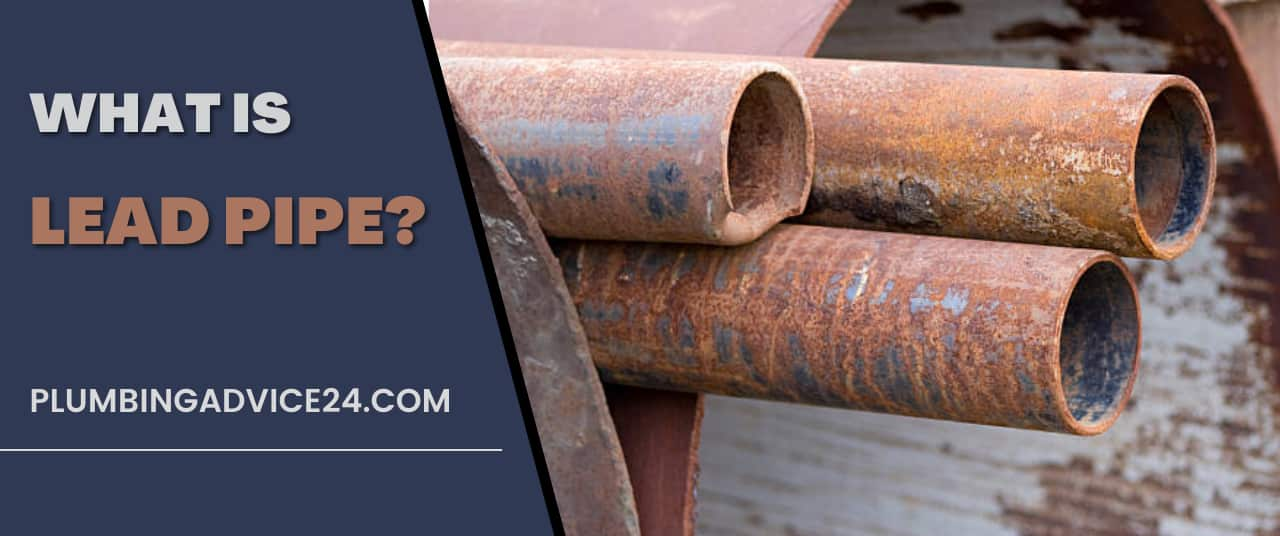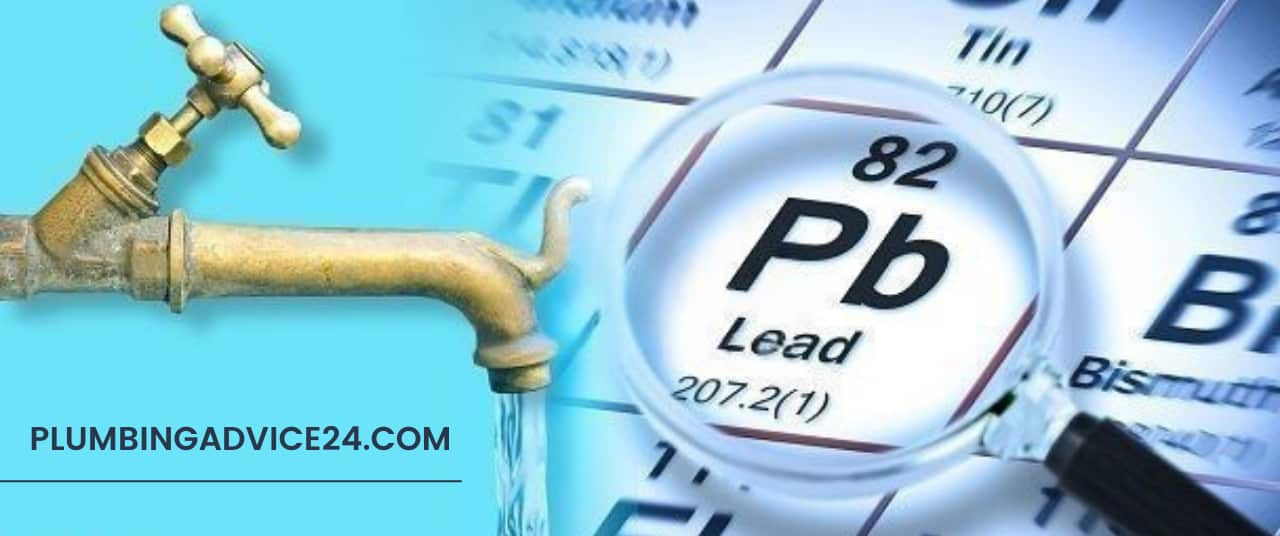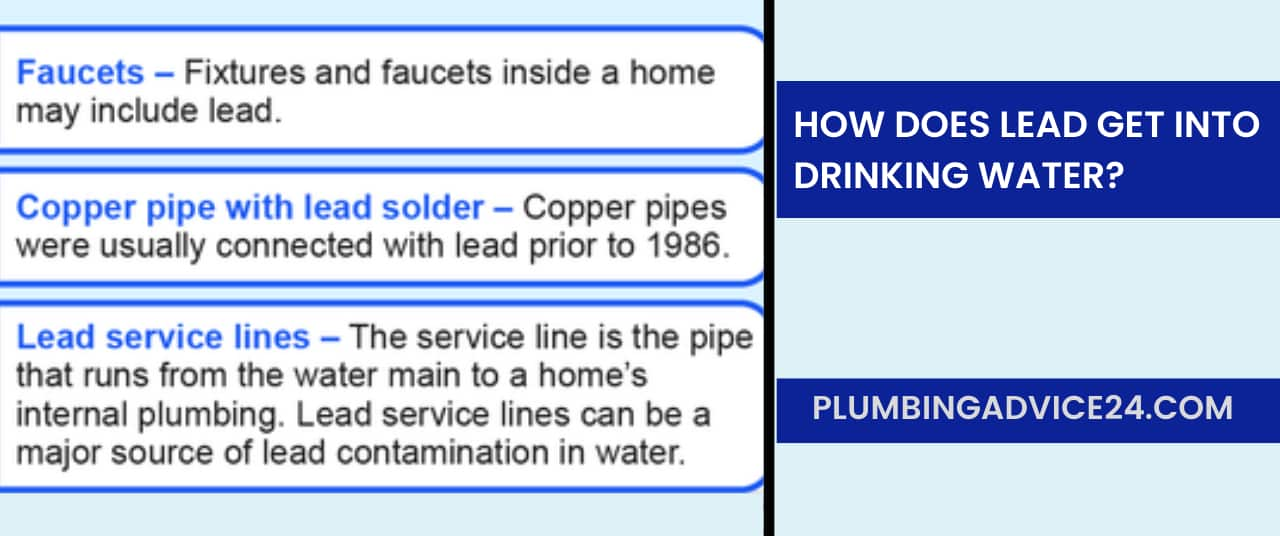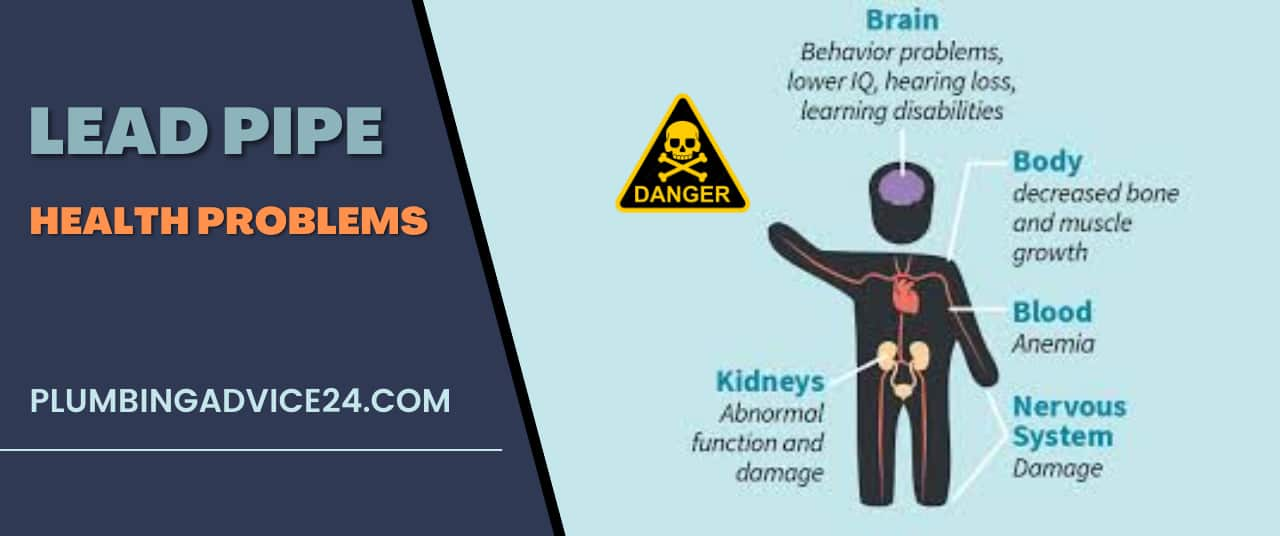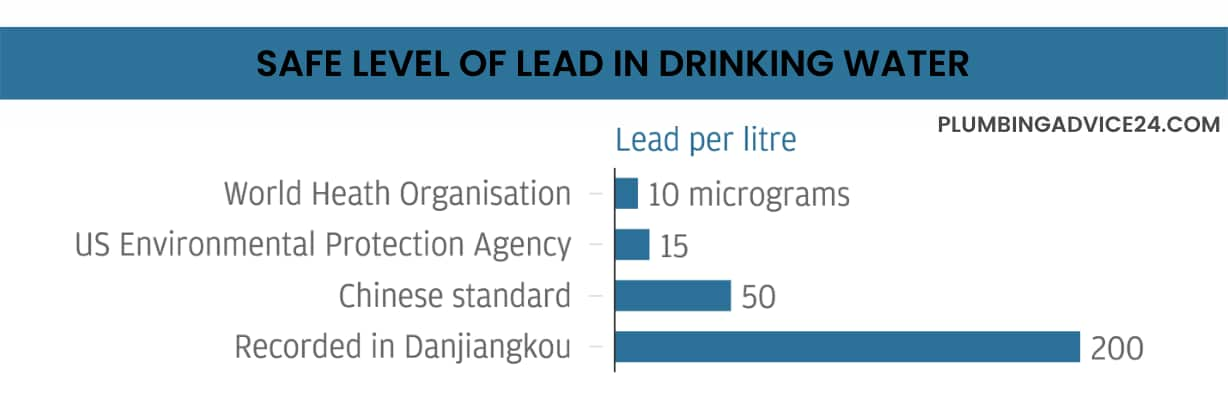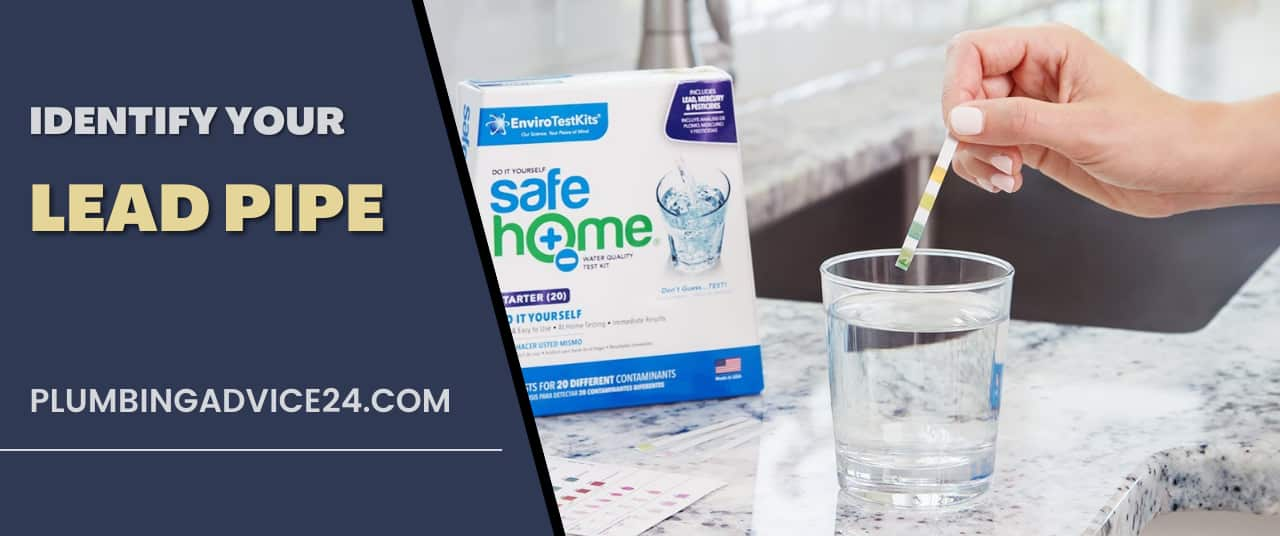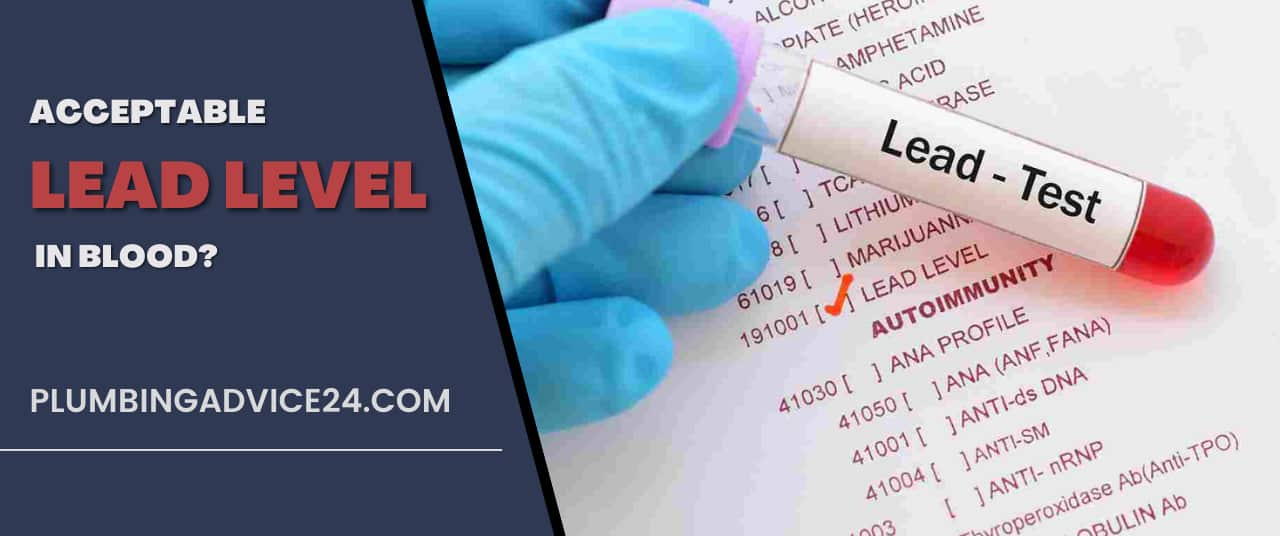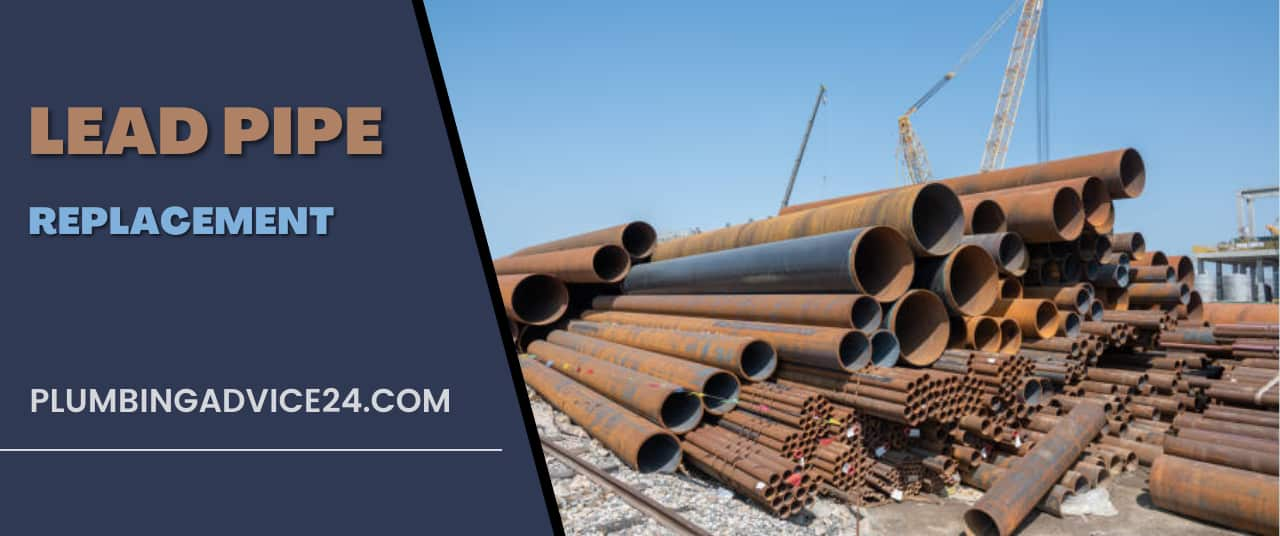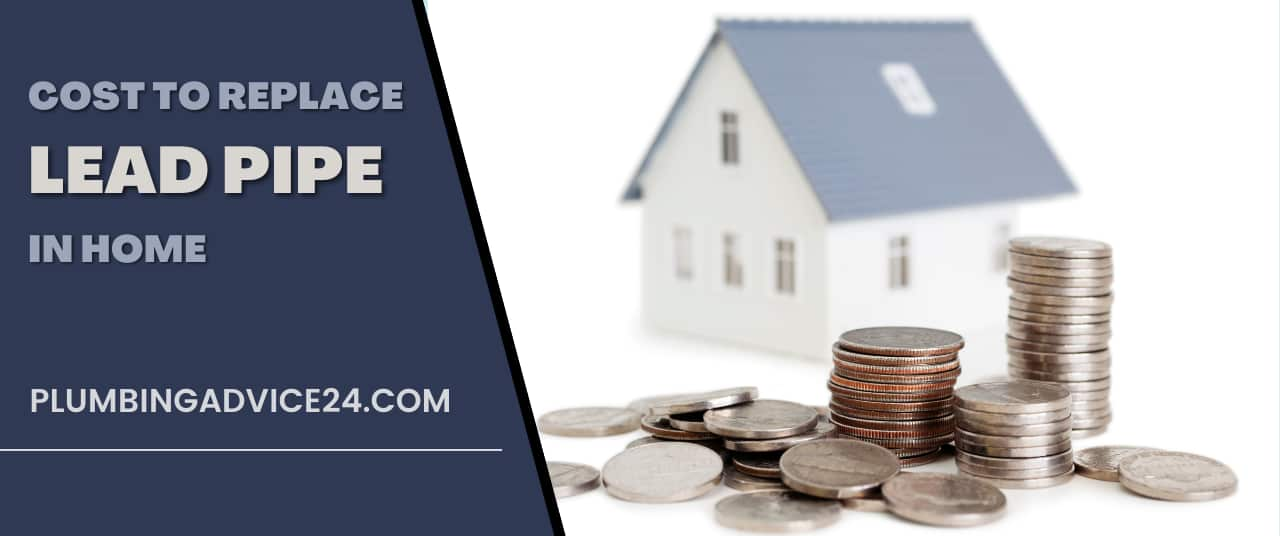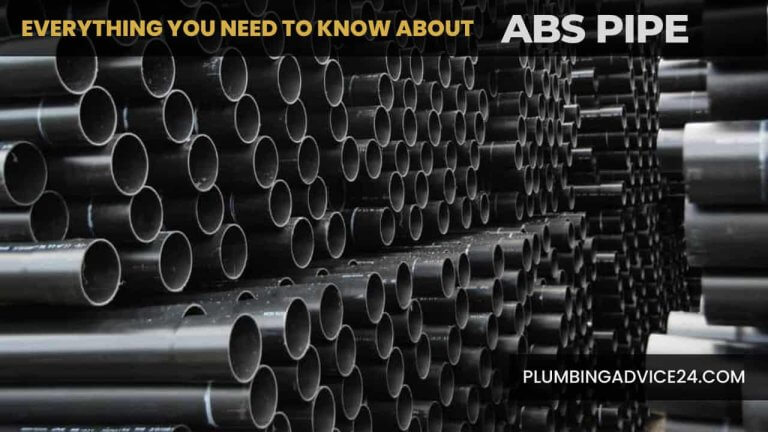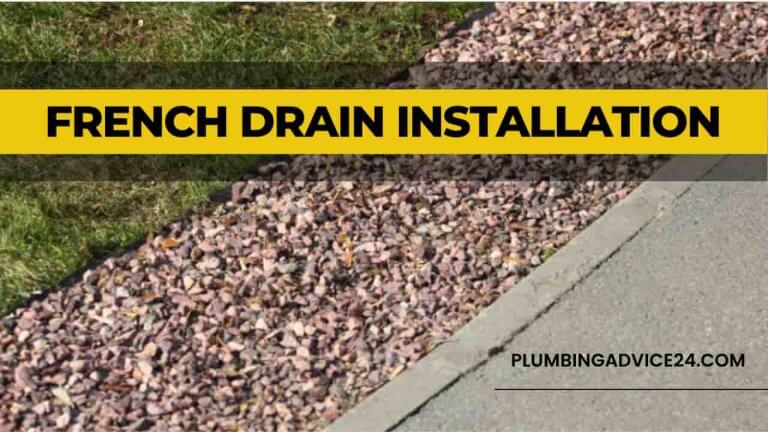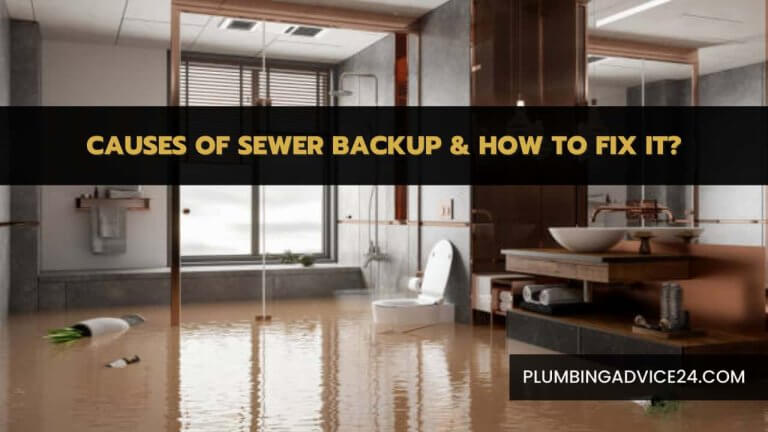Lead Pipe Poisoning Hazards and Solutions
Lead pipes have been used for thousands of years to distribute water from one place to another, and the one-time lead pipe was very common in homes because it is cheap, rust-resistant, and easy to weld. Eventually, health concerns prompted the switch to alternative plumbing materials. Copper and special plastics (such as PVC and PEX) are now the products of choice for water pipes in homes.
However, many older homes still have the original lead pipes installed. In the United States and Canada, homes built before the 1950s should be suspected of having lead pipes unless they have already been replaced. Lead soldering, applied to join copper pipes together, continued to be used well into the 1980s.
What Is Lead Pipe?
Lead has been associated with plumbing since ancient times. Lead is a ubiquitous plumbing construction material invented by the Romans for specialized water distribution systems. By then, lead materials had become so famous that the word “plumbing” was derived from the Latin word for lead, “plumb.”
Lead was commonly used to make pipes in plumbing for many centuries. It is cheap, rust-resistant, and easy to weld. Lead’s durability, versatility, and affordability made it a popular construction choice for plumbing systems in the United States, where the lead pipe was significantly less expensive than iron alternatives.
From the mid-1800s to the early 1900s, many communities began to realize the health risks of lead and began phasing out some products containing lead. No attempt was made to ban or limit the use of lead in plumbing until the 1920s when lead poisoning became an increasingly prevalent public health problem.
Even then, efforts to ban the use of lead stalled when the Lead Industries Association was formed in 1928 to strongly support the continued use of the lead pipe, lobbying against changes in municipal building codes.
Many cities were allowed to use lead service lines until the 1980s. Not only were they allowed, but some parts of the United States also required the use of lead service lines until 1987.
This resulted in about 3.3 million lead service lines and 6.4 million lead goosenecks in the country. In England and Wales, about 8.9 million households had a mains service line by 1997.
In the 2010s, one-third of American communities still had lead service lines, estimated at up to six million. The many potential sources of lead in various water distribution systems in the United States have been extremely difficult to eliminate due to the high costs of identifying, detecting, removing, and preventing them.
Must Read: What Is Plumbing Pipe | 22 Different Types of Plumbing pipes
Lead Poisoning Cause
What if you get your water from a well instead of a municipal water treatment plant? If you have lead in your home’s pipes, there’s no denying the possibility that the water chemistry is at risk of leaching it into your faucets.
Lead pipes are not automatically harmful to health. In these pipes, over time, a layer of oxidized metal forms on the surface of the pipe. By controlling the pH of water in water treatment plants, municipalities can prevent corrosion of this oxidized layer and can also add certain chemicals to facilitate the formation of a protective coating. When water chemistry is not properly adjusted, lead can leach out of pipes and reach dangerous levels in consumers’ homes.
Must Read: What Is a Sewer Line | Types of Sewer Pipes | Best Sewer Line Insurance Company
How Does Lead Get into Drinking Water?
Lead pipes are more common in older cities and homes built before 1986. In homes with lead pipes that connect the home to water mains, also known as lead service lines, these pipes are usually the most significant source of lead in the water.
Especially where the water has high acidity or low mineral content that corrodes pipes and fixtures. These are the places where lead is most likely to enter drinking water.
While plumbing materials that contain lead corrode, the most common sources of lead in drinking water are lead pipes, faucets, and fixtures. In homes without lead service lines, the most common problem is brass or chrome-plated brass faucets and plumbing with lead solder.
The Safe Drinking Water Act (SDWA) reduced the maximum allowable lead content — that is, the content that is considered “lead-free” — to a weighted average of 0.25 percent calculated on the wet surface of pipes and pipe fittings. 0.2 percent for plumbing fittings and fixtures and solder and flux.
Must Read: What Is Pipe Fittings | 12 Types of Pipe Fittings
Are Lead Pipes Dangerous?
The effects of lead on our bodies are very serious. Results of lead poisoning range from kidney damage to reproductive problems, including reduced fertility. Lead poisoning is of particular concern in children, as it affects the development of their nervous system and causes permanent changes in behavior and learning ability.
Lead can cause neurological effects in young children, young women, and developing fetuses, even at low levels. In the fetus, lead is released from the mother’s bones along with calcium as part of fetal bone formation.
Lead exposure can also cross the placental barrier in the fetus. This can lead to premature birth, growth problems, and fetal death. In infants, lead exposure from the mother can be passed through breastfeeding.
To children, the effects of lead exposure include learning problems, slower growth, and lower IQ. In adults, low-level exposure can cause hypertension, cognitive problems, and reproductive harm.
Must Read: Galvanized Pipe Problems and Their Solution | Alternatives to Replacing Galvanized Pipe
What Is the Safe Level of Lead in Drinking Water?
As of 2019, federal regulations in the United States specify an “action level” for the lead at 0.015 mg/L. A public water system is required to monitor its water supply at customer locations.
If more than 10% of tap water samples exceed the lead action level (or copper action level of 1.3 ppm), the supplier must take additional measures to control corrosion. Other actions may include establishing treatment, testing source water, removing lead-containing plumbing, and public education.
Suppose corrosion control and source water monitoring measures fail to keep lead exposure below action levels. In that case, water utilities must initiate a lead service line replacement program in which at least 7% of lead service lines are replaced annually.
Must Read: What Is Brass Pipe | Brass PipeApplications | How to Measure Brass Pipes
How to Identify Lead Water Pipes?
If your water comes from a home well or other private water supply, check with your health department or any nearby water utilities that use groundwater for information on contaminants of concern in your area.
You can’t see, taste, or smell dissolved lead in water, so testing is the only sure way to know if your drinking water contains harmful amounts of lead. A list of certified laboratories is available from your state or local drinking water authority. The test costs between $20 and $100.
Contact your water supplier, as they may have useful information, including whether the service connector used in your home or area is made of lead.
Must Read: What is Cast Iron Pipe | How to Repair Cast Iron Pipe | Cast Iron Pipe Replacement Cost
How to Reduce Lead in Drinking Water?
Complete lead service line replacement is the only permanent solution to reducing lead from water lines. If a person is concerned about lead in their drinking water, the following are recommended actions that a person can take, individually or in combination.
Important Steps to Reduce Lead in Drinking Water:
- Internal Corrosion Control
Various techniques can be used to control internal corrosion by water utilities, for example, pH levels, carbonate and calcium to form calcium carbonate as a piping surface coating, and corrosion inhibitors.
An example of a corrosion inhibitor is using phosphate products such as orthophosphate to form films on pipes. This reduces the possibility of leaching trace metals, including lead, into the water from the pipe material.
- Flushing
The American Water Works Association recommends that the homeowner flush in the morning by running the kitchen faucet for 3-5 minutes for homes with lead service lines. The amount of flushing required may be longer if the home is too far back from the curb with a long lead service line.
To conserve water, showering and flushing toilets can also be used. However, those optional activities will not flush the line in the kitchen where there is a main faucet for water consumption. Flustering the kitchen faucet for an additional 30-45 seconds is recommended.
- Filters
In some cases when flushing is not practical, such as very long lead service lines, the use of filters may be considered. When choosing a filter, water consumers should choose products that remove total lead, including filtering dissolved lead and lead particles.
In the United States, it is recommended that filters be certified to American National Standards Institute/National Science Foundation standards.
Must Read: Polybutylene Pipe Problems and Their Solution-Complete Guide
Acceptable Lead Levels in Blood
High levels of lead can be toxic. Complications include abdominal pain, constipation, impaired thinking, and high blood pressure. Lead exposure can also cause reproductive problems. Women with high lead levels are more likely to have stillbirths or give birth to babies with lead poisoning.
- Lead Levels in Adults
Small amounts of lead are not considered harmful in adults. A blood lead level of 10 micrograms per deciliter (µg/dL) or 0.48 micromoles per liter (µmol/L) is considered safe. A blood lead level of 5 µg/dL or 0.24 µmol/L or higher is considered elevated in adults.
Treatment may be recommended. If your blood lead level is greater than 40 µg/dL or 1.93 µmol/L, you have symptoms of lead poisoning and should seek treatment.
- Lead Levels in Child
Less than 5 µg/dL or 0.24 µmol/L lead in the blood is considered safe for children. A blood lead level of 5 µg/dL or 0.24 µmol/L or higher requires further testing and monitoring.
A child’s blood lead level greater than 45 µg/dL or 2.17 µmol/L most likely indicates a need for treatment.
[Note:- The normal value range may vary slightly in different laboratories. Talk to your healthcare provider about the meaning of your specific test results.]
Must Read: What Is ABS Pipe | Why Is ABS Pipe Prohibited | How to Measure ABS Pipe | ABS Pipe Installation Cost
Lead Pipe Replacement
A complete lead service line replacement involves replacing the entire service line from the water main to the building inlet. This includes the public and private parts of the line. Complete lead service line replacement must be coordinated with the property owner as it may involve passing through obstructions such as trees, driveways, and walls. Sometimes, breaking down a wall in a customer’s basement is necessary.
Although complete lead service line replacement is the preferred method, it is not without risk. There are also short-term elevations in lead concentrations, but these tend to lead to less lead release and less lead release time. One study found that even with complete lead service line replacement to completely eliminate the lead source, lead exposure still exists in the home.
That’s especially true in studies when the water source is rich in manganese and iron, which has caused scale build-ups in the inner walls of home pipes. Therefore, after the complete lead service line replacement, internal plumbing flushing is still necessary.
Up to 10 million American homes and 400,000 schools and childcare centers are served by lead service lines, pipes, and other fixtures. About 24 million housing units have significant lead-based paint hazards, 4 million of which are home to young children.
Lead pipes and paint effects are not evenly distributed. Low-income people and communities of color are disproportionately exposed to the dangers of lead-contaminated drinking water. Non-Hispanic blacks are more than twice as likely as non-Hispanic whites to live in moderately or severely substandard housing, which presents risks from deteriorating lead-based paint.
Must Read: How to Install ABS Pipe and Fitting | How to Repair ABS Pipe | ABS Pipe Schedule 40 and Schedule 80
Lead Pipe Replacement Cost
When involved with private ownership, it complicates complete lead service line replacement. A major issue is replacement cost. In the United States, a replacement for a private side can cost between $3,000 and $15,000. This can be a huge financial burden for homeowners.
Landlords are still hesitant to even with various incentives for homeowners, such as interest-free loans or using ratepayer money to cover part of the cost. The use of ratepayer money for private lead service line replacement is a topic of debate in itself. Those who favor it argue that the benefits to public health outweigh the small increase in water rates that affects everyone.
On the other hand, there is concern that increased rates may cause hardship, and there is a question of public policy about using ratepayer money to improve private property.
Must Read: What Is Copper Pipe | Types of Copper Pipes | Copper Pipe Size | Copper Pipe Cost
Cost to Replace Lead Pipes in Home
Lead pipe replacement costs in your home can vary greatly depending on the size of the home. The cost will depend on how much piping you need and the pipe you choose to replace your Lead pipes.
The cost to replace Lead pipes for two homes is rarely the same, so plumbing replacement costs will also vary. Homeowners should expect the replacement Lead pipes cost to be much lower than the estimated cost of $ 1,500 to $ 15,000 or more.
Lead pipes are usually replaced with PEX, PVC-CPVC, or copper pipes, the Lead pipe replacement cost estimate of which is as follows:
1. Replacing Lead Pipes with PVC Cost
When installing PVC pipes in place of lead pipes, the average cost of plumbing replacement for an entire house with two bathrooms can be between $ 1500- $ 4000. while in a single house installing CPVC pipes, the replacement cost can be between $ 4000- $ 10000.
2. Replace Lead Pipes with Pex Cost
When installing PEX pipes instead of lead pipes, the average cost of plumbing replacement for an entire home with two bathrooms is between $ 3500- $ 8000.
3. Replacing Lead Pipes with Copper Cost
When installing copper pipes instead of lead pipes, the average cost of an entire home plumbing replacement in two bathrooms is between $ 8000- $ 15000.
Must Read: Types of Steel Pipes | Stainless Steel Pipe Vs Carbon Steel Pipe
What to Do If You Have Lead Pipes?
If you discover you have lead pipes, you should take action quickly. All lead pipes should be removed and replaced. Professional plumbing can do this for you. Of course, you should use a water filter while waiting for the plumber; It will help keep the house safe.
Remember to tell your insurance company about the replacement as soon as it’s done, as it will also help lower your premium. Talk to your insurer about discounts available for choosing options such as copper pipe, as many companies offer these options.
What Do Lead Pipes Look Like?
Lead water pipes are usually dull gray in color. You can confirm that it is a lead pipe by gently scratching the surface with a coin. If it is lead, scratching the pipe will leave a shiny trace of silvery metal. Copper water pipes are usually bronze, bright or dark orange in color, and are made of very hard material.
How Do I Know If My House Has Lead Pipes?
If the pipe is covered or wrapped, expose a small metal area. Use the flat edge of a screwdriver or other tool to scrape off any rust that has formed on the outside of the pipe. Your service line is lead if the scraped area is shiny and silvery. A magnet can also be used; the magnet will not stick to the lead pipe.
What Are Lead Pipes Replaced With?
Lead pipes are usually replaced with PEX, PVC-CPVC, or copper pipes. Millions of homes across the United States have service lines made of lead, a toxic metal that is especially dangerous to young developing brains. The only long-term solution to protect public health is removing and replacing these lead pipes.
What to Do If You Have Lead Pipes?
Complete lead service line replacement is the only permanent solution to making water lines lead-free. If a person is concerned about lead in their drinking water, measures such as internal corrosion control, flushing, and filters can reduce the amount of lead in drinking water. Read the article above to know more about them.
What Is a Lead Service Line?
A lead service line is a pipe made of lead that is used in potable water distribution to connect a water main to a user’s premises. It is also known as lead service pipe and lead connection pipe.
How Common Is Lead Poisoning?
High levels of lead can be toxic. Complications include abdominal pain, constipation, impaired thinking, and high blood pressure. Lead exposure can also cause reproductive problems. Women with high lead levels are more likely to have stillbirths or give birth to babies with lead poisoning. Less than 5 µg/dL or 0.24 µmol/L lead in the blood is considered safe.
How Can I Test Myself for Lead Poisoning?
A simple blood test can detect lead poisoning. A small blood sample is taken from a finger prick or from a vein. Lead levels in the blood are measured in micrograms per deciliter (mcg/dL).
How Easy Is It to Get Lead Poisoning?
Adults can get lead poisoning by being exposed to lead through eating food and drinking water contaminated with lead. They may eat from dishes or drink from cups contaminated with lead. If you work in an environment with lead paint or are working on a home remodel, you could be exposed to lead dust.
What Does Lead Water Pipe Look Like?
Lead water pipes are dull grey, easily scratched to reveal shiny silver metal, and have slight bulges at joints.
Can You Get Lead Poisoning from Showering?
Bathing and showering should be safe for you and your children because human skin does not absorb lead in water.
Does Water Filter Remove Lead?
U.S. Environmental Protection Agency (EPA) released the results from a water filter study conducted in Benton Harbor, Michigan. After analyzing water samples from about 200 homes, results show that filters effectively reduce lead in drinking water when used properly.
Does Boiling Water Remove Lead?
Hot water releases more lead from pipes than cold water. Boiling water does not reduce lead levels and may actually increase them. Test your water. The only way to know if the lead has been reduced by letting it run is to check with a test.
If You Liked This Post? So Share It with Your Friends
Suggested Articles:
- What is Plumbing Tools | 31 Types of Plumbing Hand Tools
- What Is Plumbing Trap | 15 Different Types of Plumbing Traps
- 33 Different Types of Wrenches | Best Company for a Wrench
- Difference Between ABS and PVC | How to Connect ABS to PVC Pipe | Which is Better ABS or PVC Pipe
- What Is Steel Pipe | Steel Pipe Manufacturing Process | Steel Pipe Uses | Steel Pipe Size | Steel Pipe Cost
- Types of PVC Pipe | Difference Between Schedule 40 and Schedule 80
- What Is PE Pipe | PE Pipe Manufacturing Process | PE Pipe Uses | PE Pipe Size | PE Pipe Cost
- What Is HDPE Pipe | HDPE Pipe Manufacturing Process | HDPE Pipe Uses | HDPE Pipe Size | HDPE Pipe Cost
- What Is LDPE Pipe | LDPE Pipe Manufacturing Process | LDPE Pipe Uses | LDPE Pipe Size | LDPE Pipe Cost
- Polypropylene Pipe | PP-R Pipe | PP Pipe Complete Guide
- What Is Galvanized Pipe | Galvanized Pipe Applications | How to Measure Galvanized Pipe | Galvanized Pipe Size

